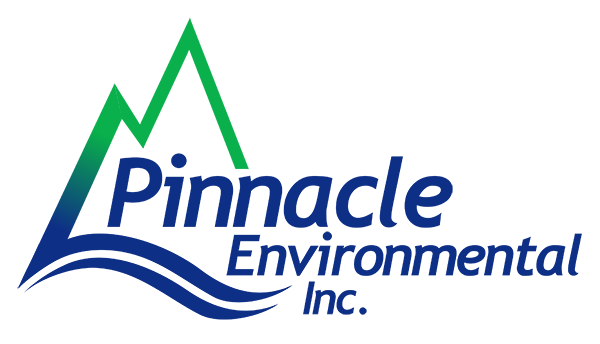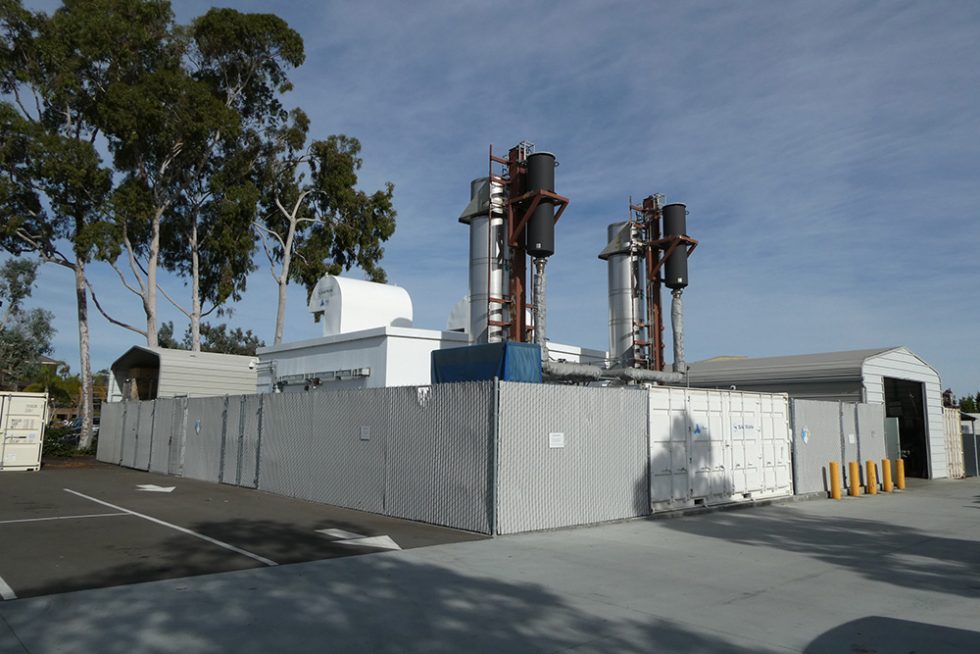Other Environmental Permitting and Planning
Other Environmental Permitting and Planning
The process of environmental permitting and planning entails acquiring permits and approvals from regulatory agencies tasked with overseeing projects to ensure their design and construction adhere to environmental regulations and minimize environmental impact. The specifics of this process can vary depending on the project’s scope, involving a diverse set of regulatory requirements at the federal, state, and local levels.
What are some examples of Environmental Permitting and Planning?
Environmental permitting and planning are important components of responsible development, ensuring projects are designed and constructed in a way that protects the environment and public health and safety. Examples include:
-
- Air Quality Permitting: This process involves obtaining permits for facilities that emit air pollutants, such as factories, power plants, and incinerators. It includes a review of the facility’s potential air emissions, identification of control measures, and coordination with state and local air quality regulatory agencies.
- Wetlands Permitting: This process involves obtaining a permit from the U.S. Army Corps of Engineers (USACE) to construct or alter any structure or land within a wetland area. The process includes an assessment of the potential impact on wetlands, identification of mitigation measures, and coordination with the USACE and other regulatory agencies.
- Coastal Zone Management (CZM) Permitting: This process involves obtaining permits for activities that occur within the coastal zone, such as the construction of docks or shoreline stabilization. It includes an assessment of the potential impact on the coastal zone, identification of mitigation measures, and coordination with state and federal regulatory agencies.
- Endangered Species Act (ESA) Permitting: This process involves obtaining a permit from the U.S. Fish and Wildlife Service (USFWS) to conduct activities that may impact endangered or threatened species or their habitats. It includes an assessment of the potential impact on listed species, identification of mitigation measures, and coordination with the USFWS and other regulatory agencies.
When is Environmental Permitting and Planning required?
Environmental permitting and planning are generally required for any project or development that has the potential to impact the environment. The specific requirements for environmental permitting and planning can vary depending on the size and scope of the project, as well as the regulatory requirements at the federal, state, and local levels. The following are types of projects or developments that may require environmental permitting and planning:
-
- Landfill or waste management facilities
- Development of residential or commercial real estate
- Road, bridge, or transportation infrastructure projects
- Agriculture or forestry projects
- Water or wastewater treatment facilities
- Construction or expansion of industrial facilities or power plants
- Mining or extraction of natural resources
- Dredging or other marine construction activities
What concerns do these various permits mitigate?
There are many types of environmental permitting and the applicability of each depends on the scope and nature of the project. Each type helps to address a specific niche of environmental concerns associated with various projects and developments. Here are some examples:
-
- Air Pollution: Projects such as factories, power plants, and transportation infrastructure can emit air pollutants that contribute to respiratory and other health problems. Environmental permitting and planning require the identification of potential air emissions and the implementation of mitigation measures, such as emission control technologies, to reduce these emissions.
- Water Pollution: Projects such as mining, construction, and agriculture can generate runoff that can pollute water bodies, affecting aquatic life and human health. Environmental permitting and planning require the assessment of potential water pollution impacts and the implementation of measures to minimize runoff and prevent contamination of water resources.
- Land Use and Habitat Loss: Projects such as urbanization, deforestation, and infrastructure development can result in the loss of natural habitats and biodiversity. Environmental permitting and planning require the identification of potential habitat impacts and the implementation of mitigation measures such as habitat restoration or the protection of natural areas.
- Noise Pollution: Projects such as transportation infrastructure, industrial facilities, and construction can generate noise pollution that can cause health problems and disrupt communities. Environmental permitting and planning require the assessment of potential noise impacts and the implementation of measures such as sound barriers or the scheduling of noisy activities during off-peak hours.
- Climate Change: Projects that involve the burning of fossil fuels or deforestation can contribute to climate change by releasing greenhouse gases that trap heat in the atmosphere. Environmental permitting and planning require the identification of potential climate change impacts and the implementation of measures such as the use of renewable energy sources or the implementation of carbon offset programs to reduce greenhouse gas emissions.




